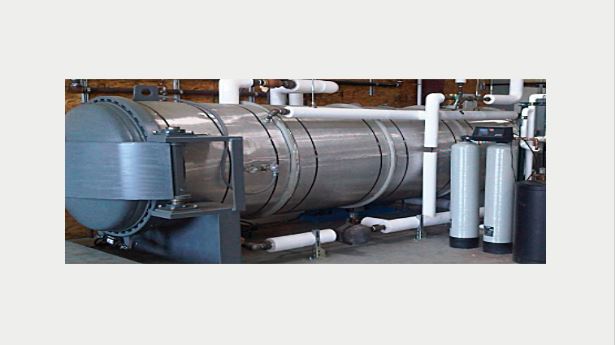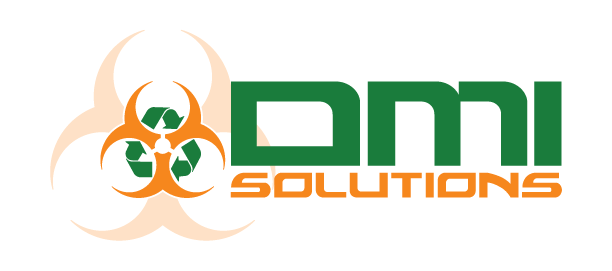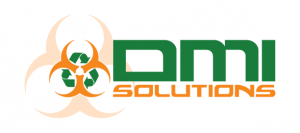Call us anytime
+1 800-455-7747
Email Us
Call us anytime
Email Us
Healthcare facilities like hospitals, medical offices, and blood banks produce millions of tons of waste per year. One subset of this waste comes in hazardous materials like blood, body fluids, and other infectious materials called medical waste. Anything deemed as potentially infectious can be classified as medical waste. As health care professionals and managers that deal closely with medical waste, there are many different rules and regulations that you have to abide by in order to store and dispose of these materials safely.
One of these many regulations includes treating the waste before it reaches a landfill or waste-to-energy facility. The most common and most trusted option available is the autoclave treatment.

The autoclave is a sterilizing method that uses pressurized steam to treat medical waste. This treatment method is used in many different industries and has proven effective at ridding equipment of bacteria and microorganisms. Ridding the material of infectious bacteria before disposing of it will drastically reduce the spread of disease and keep communities safe. In medical settings specifically, medical waste facilities will provide a DOT-certified container to the removal company to transport the waste from the medical facility. Once it arrives at the facility, the waste will be processed according to state regulations set by the health department, weighed, and then sent through the autoclave.
Autoclaving is an intricate process that was born of simple logic. The process takes advantage of the fact that the boiling point of water is much higher when put under extreme pressure. And during the autoclave process, this is precisely what happens.
The Autoclave machine applies high pressure at a temperature between 250 °F and 325 °F. This process effectively eliminates the germs, bacteria, and organisms that exist on the equipment. While it may seem like a complicated process, it is relatively simple. During the autoclaving process, the bins will be placed inside the autoclave, and the air will be removed, creating negative pressure. After that, high pressure and extreme temperatures are introduced into the system. Temperatures, pressure, and timing are subject to the type and size of the medical waste in the bin.
The autoclaving process is generally run in three different modes: liquids, dry goods with vacuum, and dry goods without vacuum. The liquid mode is run at lower temperatures to avoid evaporation and runs for a longer time. Dry goods with vacuum are the most successful at killing stubborn bacteria. Dry goods without vacuum are items that have already been cleaned but need additional sterilization. For the most part, pressure ranges from 30-80 PSI, and the timing of each treatment is between 20 and 30 minutes.
Once the process is complete, the bin will be removed from the autoclave. At that point, it can be opened safely. After the waste has been deemed non-contaminating, you can dispose of it properly through landfills or waste-to-energy facilities.
The autoclave can successfully treat almost all contaminated medical waste that has had any exposure or potential exposure to blood or bodily fluid. This includes some sharps like syringes and needles. However, these must not be contaminated with hazardous waste material.
However, some waste classifications should never be treated through the autoclave process. For instance, any waste materials deemed hazardous or radioactive will always need to be separated from regulated medical waste for disposal. These types of waste have their own specialized methods of disposal, like incineration. All waste is not created equally; special precautions have to be taken with each to ensure the health and safety of everyone.
Autoclave bags, also called vulcanization bags, are sanitization bags used during the autoclave treatment process. The type of bag needed during the process depends on the type of autoclave being used. For infectious materials specifically, it is recommended that you use polyethylene plastic bags. This type of bag is puncture-resistant and safer for use during the intense process of autoclaving.
Here is a list of the types of autoclave bags needed for the specific type of autoclave machine:
1.Gravity steam autoclave – polyethylene or polypropylene bags
2.High vacuum steam autoclave – polypropylene bags
3.ETO gas autoclave – polyethylene or polypropylene bags
4.Chemical autoclave – polypropylene bag
When choosing autoclave bags, you will need to consider a few things. First, make sure that the bag does not completely close. If so, the steam will not penetrate it, which means the items will not be properly sterilized. They may also result in crumbling or melting during the process.
On the other hand, note that bags that state not to close during the sterilization process should remain open throughout the entire process.
Some bags will also have an indicator on the outside, which changes colors once the contents reach a certain temperature. This is a great help in determining whether it has completed sterilization.
At DMI Solutions, we offer comprehensive autoclave treatment services for regulated medical waste. We run our machine at 275 °F and 35 -45 PSI for 1 hour to ensure the proper sterilization of your waste before disposal. We pride ourselves on ensuring the safety and security of our community with top-quality medical waste disposal services.
If you’re looking for autoclave treatments for your medical office, call us now! Our team prides itself on offering the most high-quality services!


© Copyright 2020 by DMI Solutions INC